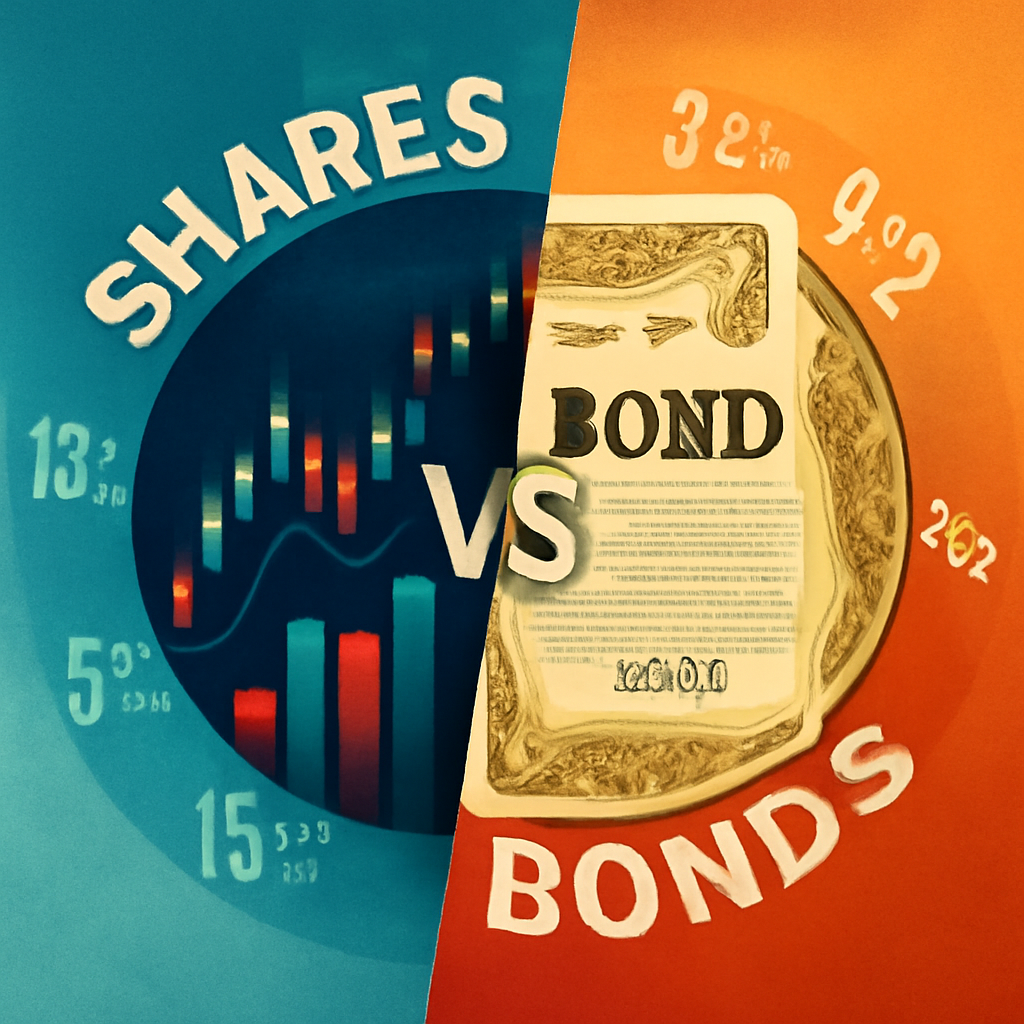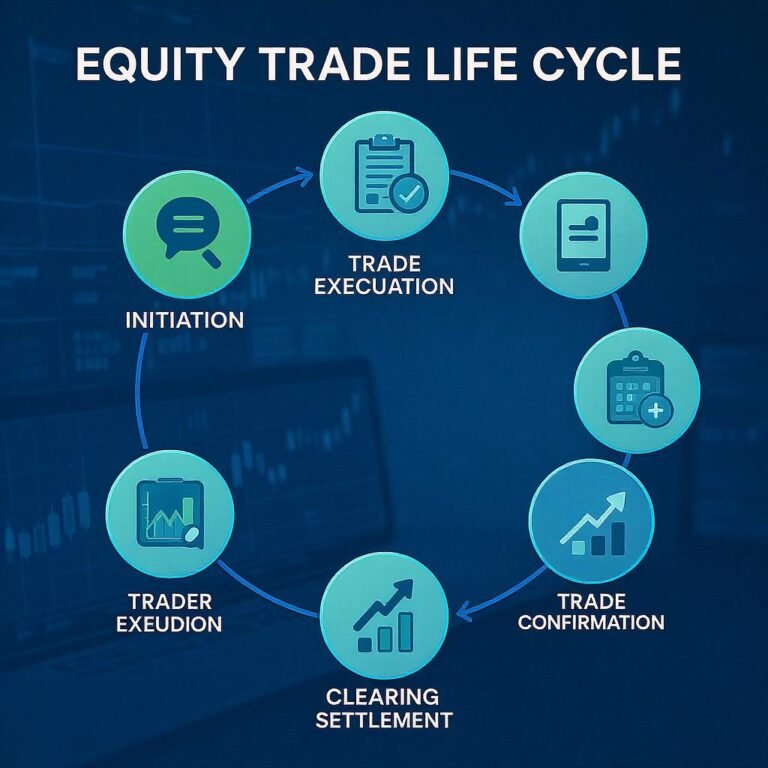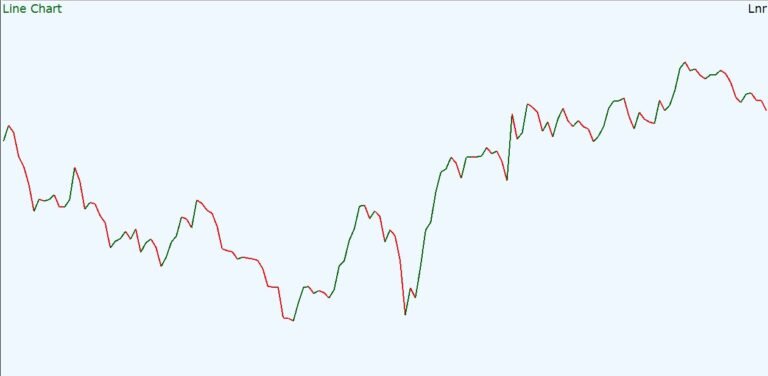
🔹 What are Shares?
A share is a unit of ownership in a company. When you own a share, you become a shareholder, holding a fractional interest in the company’s assets, profits, and governance.
🔹 Key Characteristics of Shares
- Ownership & Limited Liability
- Denomination & Market Value
- Transferability & Liquidity
- Rights & Privileges
- Includes voting rights (on boards, policy), access to financials, and dividend eligibility.
- Residual Claim
- In liquidation, shareholders have rights to remaining assets—but only after creditors and preference shareholders are paid.
🟦 Types of Shares
- Equity (Ordinary/Common) Shares
- Give voting rights and potential for dividends and capital appreciation.
- Highest risk and reward, as rights come after other obligations
- Preference Shares
🔄 Why Companies Issue Shares
- To raise capital for growth, expansion, debt repayment, or infrastructure.
- Issuing shares converts capital into liquid assets without incurring debt
💰 Benefits to Shareholders
- Capital Appreciation: Profit from rising share prices .
- Dividends: Earn income proportional to profits.
- Liquidity: Able to easily buy/sell shares on exchanges .
- Ownership & Voting: Participate in company’s key decisions.
- Diversification: Easily spread risk across sectors and companies,
⚠️ Key Risks to Consider
- Market Volatility: Prices fluctuate with market sentiment and company performance .
- Dividend Uncertainty: Not guaranteed—dependent on profitability and board decisions .
- Dilution Risk: Issuing more shares reduces the value and voting power of existing holdings .
- Liquidation Risk: In failure, shareholders may receive little to nothing after all others are paid
🏦 What Is a Bond?
A bond is a type of debt security — essentially a loan you give to an issuer (like a government, corporation, or municipality). In return, the issuer pays you periodic interest (called a “coupon”) and returns the principal (face value) at maturity
Key Features of Bonds
- Face Value (Par Value): The principal amount repaid at maturity (e.g., ₹1,000 or $1,000) .
- Coupon Rate: The fixed (or sometimes floating) interest percentage paid periodically, often semi-annually.
- Maturity Date: The predetermined date when the issuer repays the principal. Bonds are classified as:
- Short-term (< 1 year)
- Medium-term (1–10 years)
- Long-term (> 10 years)
- Price and Yield:
- Bonds trade in secondary markets; prices fluctuate with interest rate changes (inverse relationship) .
- Yield types:
- Current yield = annual coupon ÷ current price
- Yield to maturity = total expected return if held to maturity
- Types:
- Government bonds (G-Secs) – backed by the government, low risk.
- Corporate bonds – issued by companies, risk varies with creditworthiness .
- Municipal/PSU bonds, zero-coupon bonds, convertible bonds, floating-rate bonds, callable bonds, green bonds, etc.
✅ Advantages of Bonds
- Stable, predictable income through regular coupons.
- Lower volatility and risk relative to equities .
- Diversification in a portfolio, balancing more volatile assets .
- Some bonds offer tax advantages, notably municipal and certain government-issued bonds
⚠️ Risks Associated with Bonds
- Interest-rate risk – Prices fall if market rates rise.
- Credit risk – Issuer might default; higher in lower-rated corporate bonds.
- Inflation risk – Fixed payments may lose real value in high inflation .
- Liquidity risk – Some bonds are hard to sell before maturity.
- Call risk – Callable bonds may be redeemed early, limiting return potential
📌 Why Invest in Bonds?
- Income-focused investors prefer steady coupon payments.
- Those seeking capital preservation often favor high-rated or government bonds.
- Investors looking for portfolio diversification benefit from bonds’ lower correlation to equities
🔹 Shares vs Bonds – Quick Comparison
| Feature | Shares (Equity) | Bonds (Debt) |
|---|---|---|
| Ownership | You become a part-owner of the company | You become a lender/creditor to the issuer |
| Income | Capital gains + variable dividends | Fixed (or floating) interest payments |
| Risk Level | High—market & business risk | Lower, but sensitive to interest rates & credit risk |
| Priority | Last in liquidation | Paid before equity holders if issuer defaults |
| Duration | Indefinite (as long as stock is listed) | Fixed maturity date |
🔚 Summary
Shares are tradable units of company ownership. They grant rights to voting, dividends, and potential price gains but come with risks tied to company and market performance. Shares can be broadly classified as common (equity) or preference, each offering distinct features and investor appeal.
Bonds are fixed-income investments representing a loan to an issuer. They offer periodic interest and return of principal at maturity. Bonds vary in type, issuer, risk, and maturity. While typically safer and more stable than stocks, they carry interest-rate, credit, inflation, and liquidity risks. They’re widely used for income generation, risk reduction, and portfolio diversification.
Bonds = a loan + fixed interest + lower risk and priority claim.
Shares = part ownership + variable returns + higher risk.



